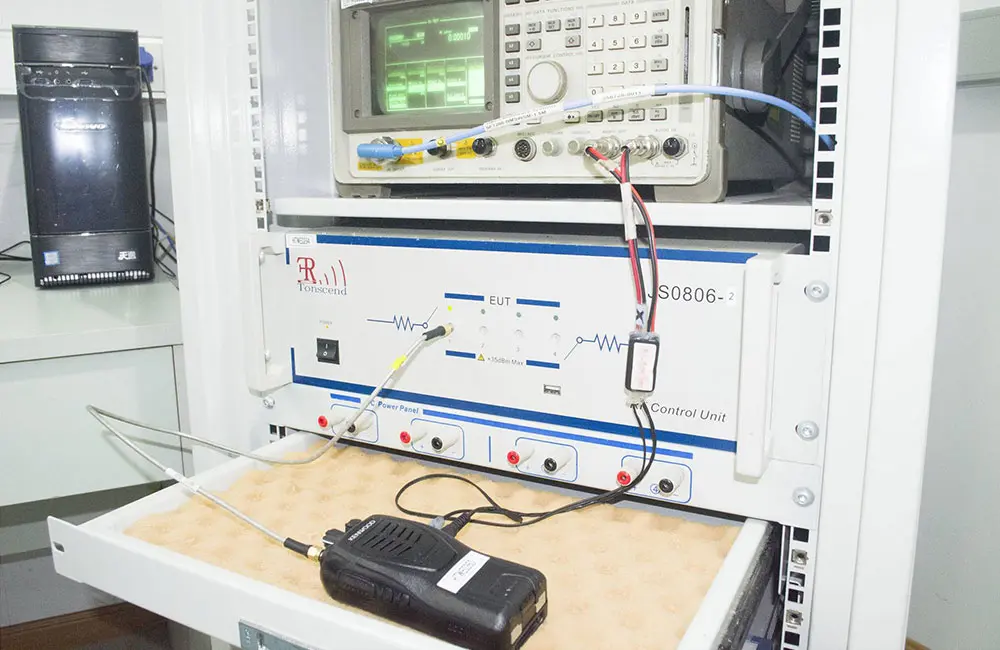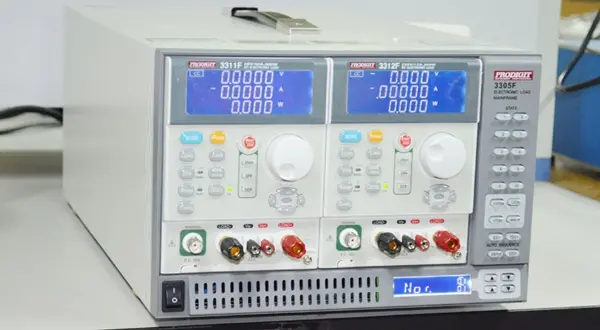
GB Testing for Micro Motors
MICro Motor (Micro-motor) refers to motors that are relatively small in size and capacity, with an output power generally below a few hundRED watts. These motors are designed for specific applications, performance requirements, and environmental conditions, and are fULly known as micro special-purpose motors, abbreviated as micro motors. They are commonly used in control systems to perform functions such as electromechanical signal or energy detection, computation, amplification, execution, or conversion, as well as to drive mechanical loads. They can also serve as AC or DC power sources for equipment.
The motor is a reversible synchronous motor composed of a permanent magnet synchronous motor and a built-in gearbox. It features advantages such as high torque, low noise, small size, lightweight, ease of use, and constant-speed operation. Additionally, it can be paired with various gearboxes to change the output speed and torque.
As the micro motor market rapidly develops and these motors are widely used in daily life and production, the demand for high-quality motors is increasing. For various types of micro motor products, STC can provide the following testing services:
Rotating Motor Testing
- Rotating Electrical Machines – Rating and Performance (GB 755-2008)
- General Safety Requirements for Small and Medium Rotating Electrical Machines (GB 14711-2006)
- Protection Rules for Thermal Protection of Rotating Electrical Machines (GB/T 13002-2008)
- General Technical Requirements for Small Power Motors (GB/T 5171-2002)
- Safety Requirements for Small Power Motors (GB 12350-2009)
- Basic Safety Technical Requirements for Control Micro Motors (GB 18211-2000)
- Basic Technical Requirements for Control Micro Motors (GB/T 7345-2008)
- General Technical Requirements for AC Torque Motors (GB/T 7614-1994)
- General Technical Requirements for Small Power Gear Reduction Asynchronous Motors (GB/T 9543-1999)
- Technical Requirements for Small Power Asynchronous Motors for Water Pumps (GB/T 4376-2002)
Electromagnetic Compatibility (GB 4343-2009)
- Conducted Emissions
- Radiated Emissions
- Harmonic Current
- Voltage Fluctuations
- Electrostatic Discharge (ESD)
- Electrical Fast Transient (EFT)
- Surge
- Power Frequency Magnetic Field
- Voltage Dips
- Conducted Immunity
- Radiated Immunity
Restricted Substances Testing
- RoHS Directive on Restricted Substances
- Substances of Very High Concern (SVHC) under reach regulation
- Heavy Metals
- Polycyclic Aromatic Hydrocarbons (PAHs)
- Phthalates (PAEs)
- TetrabromoBISphenol A (TBBP-A)
- Perfluorooctane Sulfonate (PFOS)
- Halogens
- Nonylphenol (NP)
- Volatile Organic Compounds (VOC)
Email:hello@jjrlab.com
Write your message here and send it to us
 What is the meaning of EMC?
What is the meaning of EMC?
 Why EMC Test Is Required?
Why EMC Test Is Required?
 What is the Difference Between EMI and EMC?
What is the Difference Between EMI and EMC?
 What is the difference between CE EMC and CE LVD?
What is the difference between CE EMC and CE LVD?
 What Is the EU WEEE for Electronic and Electrical
What Is the EU WEEE for Electronic and Electrical
 What Is the ASTM D4316-95(2016) Hot Water Bottle T
What Is the ASTM D4316-95(2016) Hot Water Bottle T
 Amazon Electric Massager UL1647 Test Report
Amazon Electric Massager UL1647 Test Report
 What Is IEC 60068-2-5:2018 Solar Radiation Test?
What Is IEC 60068-2-5:2018 Solar Radiation Test?
Leave us a message
24-hour online customer service at any time to respond, so that you worry!




